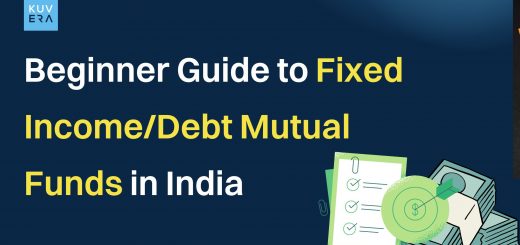After costs, taxes affect your investments the most. Not tax-saving strategies, but the capital gains tax that you pay on your investments.
Our tax laws accounts for two kinds of capital gains taxes for equity investments. If you hold an equity investment for less than one year you are liable to pay 15 percent taxes on any gains. This is called Short Term Capital Gains tax (STCG). If you hold an equity investment for more than one year then you are liable to pay 10 percent taxes on any gains. This is called Long Term Capital Gains tax (LTCG). Additionally, up to Rs 1 lakh of LTCG are tax-free in any given financial year, which amounts to up to Rs 10,000 in LTCG tax savings. Finally, not all investment options are created equal.
When a Mutual Fund, index or active, trades in stocks to rebalance its portfolio it creates no tax incidence on a fund unit investor. If an individual investor does the same trades to rebalance their stock portfolio, either under a thematic basket or PMS or just trading account then they will have to pay STCG or LTCG taxes as per the holding period. In short Mutual Fund rebalancing is tax advantaged.
The second strategy gets a little adventurous. It tries and times which funds or stocks will do well and rebalances exactly after one year every year so as to avoid the higher 15 percent STCG tax rate. Essentially this strategy pays the 10 percent LTCG tax every year. If the second strategy also has 12 percent p.a returns then which one will do better over 20 years? Most investors guess they will do the same. After all, how does it matter if you pay 10 percent LTCG tax once after 20 years of compounding or 10 percent LTCG tax every year for 20 years if the rate of compounding (12 percent p.a) is the same.

As it turns out it matters a lot. The first strategy is getting tax free compounding and it makes a big impact. If you work out the simple math, the second strategy will have to earn 13.25 percent p.a to be equivalent to a simple index buy and hold strategy over 20 years earning 12 percent p.a. Just churning your portfolio every year to chase the newest shiniest stocks or funds will dock your returns by 1-1.5 percent p.a by creating a LTCG tax liability every year. Your annual fund selection strategy should create a 1-1.5 percent alpha just to break even with a simple index investment strategy after taxes.
Strategy three is even more ambitious. It is a thematic basket strategy of stocks and churns multiple times a year – essentially paying the full 15 percent STCG taxes on all gains. Such a strategy will have to generate a 2-2.5 percent excess returns every single year just to break even with a simple index buy and hold strategy on a post tax basis. While many thematic and PMS fund managers will claim 2.5 percent excess returns or more based on dubious backtests or other claims, I will leave you with a simple fact. In the long history of global stock investments, only a handful of investors and funds have generated 2.5 percent or more excess returns over a 20-year time period.
Astute investors will notice that one of the biggest selling points for direct plan mutual funds is that they save you 1 percent in commissions over regular plans. Not churning your stock or mutual fund portfolio has a bigger impact. If you want to invest in a high churn strategy pick a mutual fund to invest in it. For example, pick a momentum Mutual Fund over a momentum PMS or thematic basket as the portfolio churn will be tax free in a mutual fund structure. Second, be aware that the bar for a strategy that churns is much higher than a simple index buy-and-hold strategy. As a rule of thumb, the high churn strategy should give you 2-2.5 percent excess returns per year to be equivalent to a simple buy and hold strategy post taxes.
Happy investing!
——
This article was first published on The Free Press Journal.
Interested in how we think about the markets?
Read more: Zen And The Art Of Investing
Watch on YouTube:
Start investing through a platform that brings goal planning and investing to your fingertips. Visit kuvera.in to discover Direct Plans and start investing today.
#MutualFundSahiHai, #KuveraSabseSahiHai!











